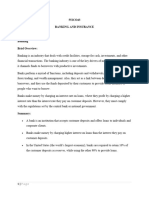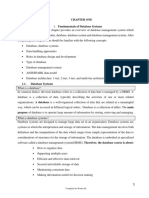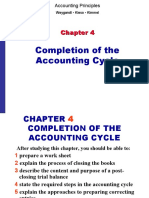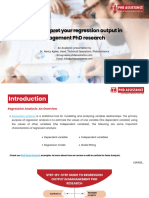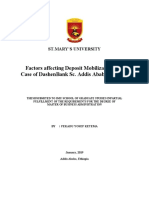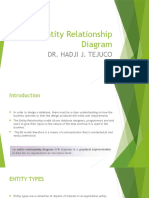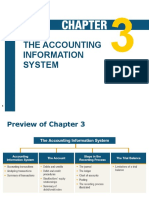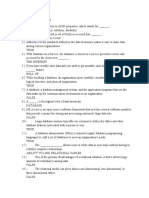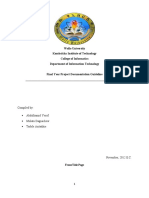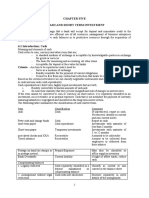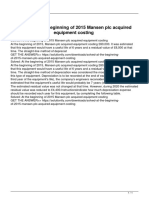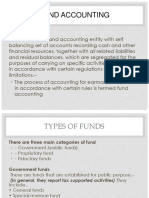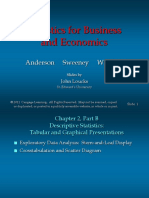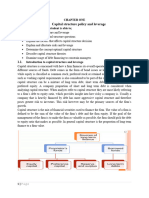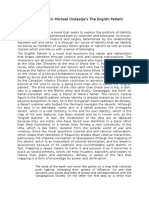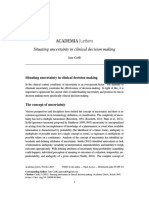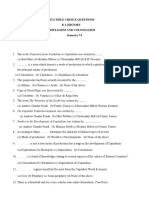0% found this document useful (0 votes)
362 views58 pagesDatabase Systems for Students
This document provides an introduction to database systems. It defines key terms like data, information, knowledge, database, database management system, and data hierarchy. It discusses the purpose of databases and importance of database design. It also outlines typical database system environments and what database management systems can do, like defining data structures, loading and manipulating data, processing queries concurrently, and maintaining the database.
Uploaded by
radika thapaCopyright
© © All Rights Reserved
We take content rights seriously. If you suspect this is your content, claim it here.
Available Formats
Download as PPT, PDF, TXT or read online on Scribd
0% found this document useful (0 votes)
362 views58 pagesDatabase Systems for Students
This document provides an introduction to database systems. It defines key terms like data, information, knowledge, database, database management system, and data hierarchy. It discusses the purpose of databases and importance of database design. It also outlines typical database system environments and what database management systems can do, like defining data structures, loading and manipulating data, processing queries concurrently, and maintaining the database.
Uploaded by
radika thapaCopyright
© © All Rights Reserved
We take content rights seriously. If you suspect this is your content, claim it here.
Available Formats
Download as PPT, PDF, TXT or read online on Scribd
/ 58





